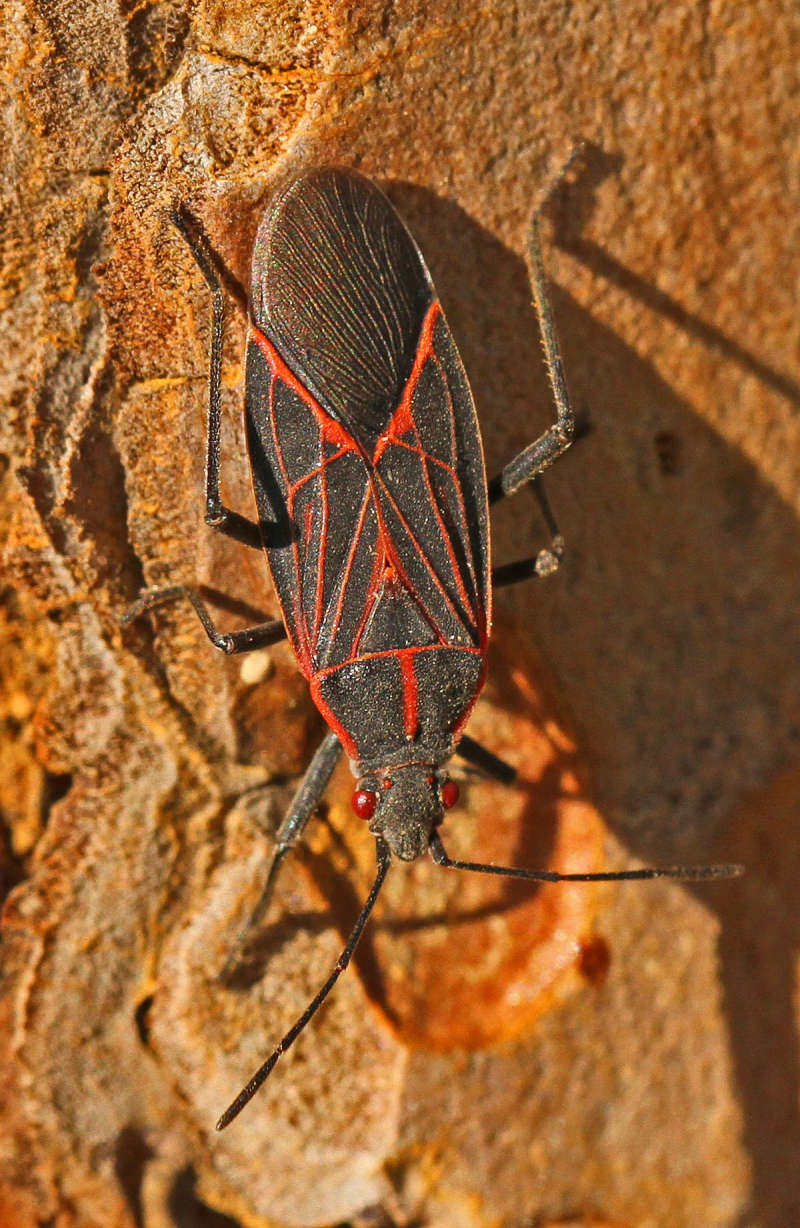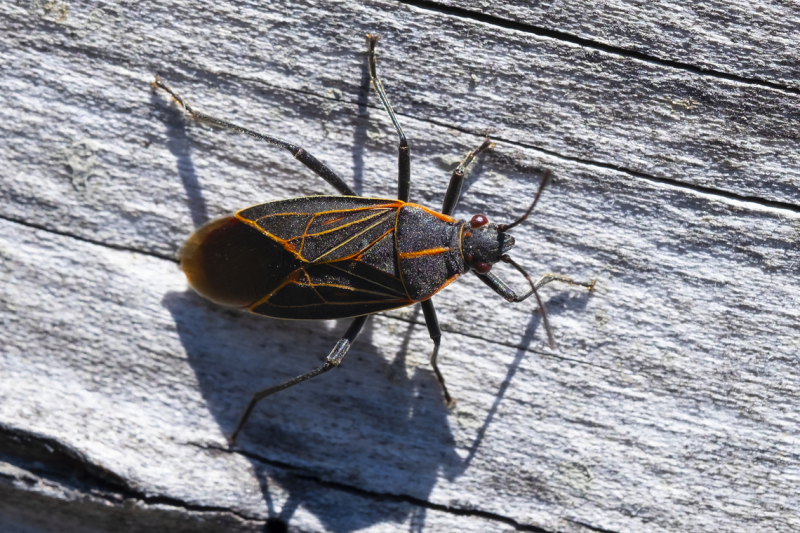Western Boxelder Bug

Western North America is home to the intermittent and typically insignificant orchard pest known as the Western Boxelder Bug. It reproduces on boxelder and maple trees, but in the late summer, it might move in huge numbers to orchards. It can occasionally be a pest in homes. They will travel from surrounding host trees to buildings when populations are large. In the winter, adults hibernate in cracks in trees and structures. In spring, females lay eggs in cracks in tree bark. Eggs hatch in 10 to 14 days. Nymphs feed on flowers, fruits, foliage, and tender twigs. Adults may migrate to orchards in late summer, shortly before fruit matures. There is one generation each year in the Northwest.
Western boxelder bugs detest chilly weather a lot. In the fall, they go into hiding, although they come out frequently to sunbathe, which is vital to their health. Western boxelder bugs create chemicals while basking in the sun, and while grooming, they spread those chemicals all over their bodies using their legs. To stop the bacteria on their bodies from doing damage, the chemicals envelop them.











